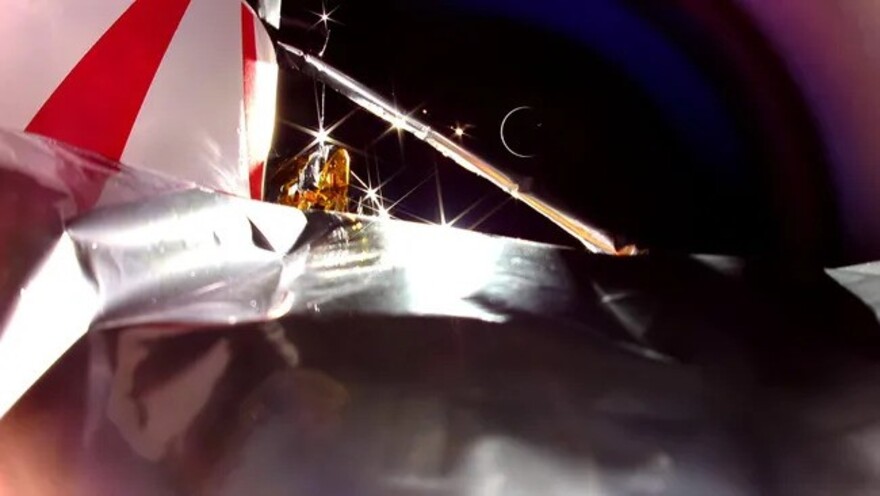Astrobotic Technology experts have figured out why the Peregrine mission fell into the ocean instead of going to the Moon this January. According to them, the reason for this was the loss of tightness in the pipelines due to the failure of one of the valves.

Peregrine accident
It’s been 7 months since the Peregrine probe, instead of flying to the Moon and making a soft landing on it, burned up over the Pacific Ocean. On Tuesday, August 27, representatives from Astrobotic Technology called a press conference and announced the reason why this happened.
It should be noted that Peregrine’s mission was important for several reasons at once. First, it was the first of several private projects to help NASA carry out lunar exploration for the Artemis program. Second, this mission was the first Vulcan Centaur rocket. Third, there were digital art objects on board that would eventually end up on the Moon.
For this reason, scientists watched with such tension how this spacecraft, after the launch vehicle had fully worked, failed to start the engine normally and headed towards Earth, where it burned up in the atmosphere.
What caused the accident
The main culprit for Peregrine’s accident on Tuesday was identified as the PCV2 control valve. Engineers explain that during launch, vibration loosened bolts and washers inside it, and it started leaking the gas mixture, the supply of which it was supposed to control. As a result, the helium pipeline became depressurized.
Interestingly, PCV2 and its twin brother PCV1 were the cause of much concern for Astrobotic Technology about a possible accident long before the flight. Back when the module was still under construction, engineers were faced with their repeated failures. The second unit was finally replaced, but PCV2 was already quite deep inside the already assembled structure, and they decided not to touch it.
In order to figure out what happened to PCV2, a team of 34 experts hired by Astrobotic Technology simulated the valve’s operation, first in terrestrial conditions and then in the conditions it found itself in during the flight.
And during the second test, the valve started leaking, as it had happened to it during the flight. That’s how they found out what had happened. At the same time, all the processes took place after the spacecraft separated from the carrier. The situation became critical after the operators attempted to orient the probe to the Sun.
At that point, improper operation of PCV2 caused the oxidizer tank to rupture. Leakage was attempted to stop three times, but it caused the Peregrine to spin around its axis, and when the situation could be stabilized, it was too late.
According to www.space.com


